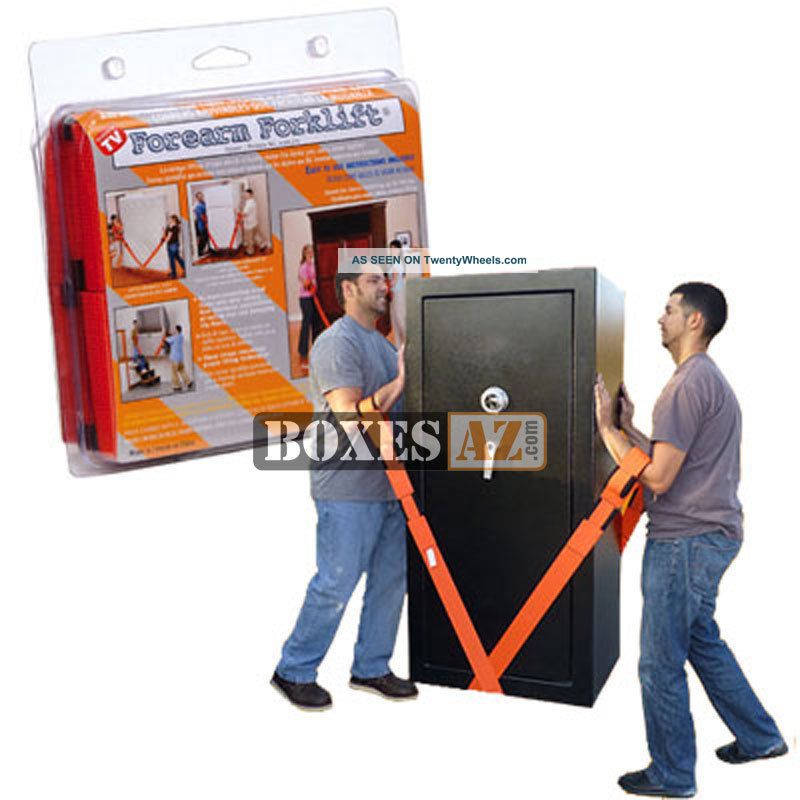

Thinner straps may allow an object to more easily slip out of place. Wider straps have more coverage and support. There isn’t a lot of variance when it comes to strap width (they’re usually between 4” and 6”), but every bit can help. What’s more, when moving up and down stairs, the person on the lower end will still bear a larger burden. Moving straps ease weight distribution and pressure, but they don’t make you stronger. Moving straps will boast some high weight limits, but keep in mind that while a strap may be able to support a certain weight, it doesn’t mean you and your partner can lift it. The straps will only effectively work underneath an object and require two people. Weight is distributed around your shoulders and core.

They support the bottom of an object as well as the sides.
Shoulder moving straps vs forearm forklift free#
While these free up your hands for better control of the object being moved, they require two people to use. However, those with shorter arms may not notice a huge difference.
Shoulder moving straps vs forearm forklift how to#
What to know before you buy moving straps How to use moving straps Our buying guide will explain how they work and what you need to keep in mind when shopping for them.

They may wrap around your wrists or arms, or set up as a harness around your shoulders or torso, like our top pick from Shoulder Dolly. Inexpensive, strong, and easy to use, they absorb and disperse weight of large objects making them easy to lift. Moving straps can help alleviate all of those issues. Whether it’s rearranging furniture around a room, or packing up and changing homes, moving can be time-consuming, expensive, and physically exhausting. BestReviews is reader-supported and may earn an affiliate commission.


 0 kommentar(er)
0 kommentar(er)
